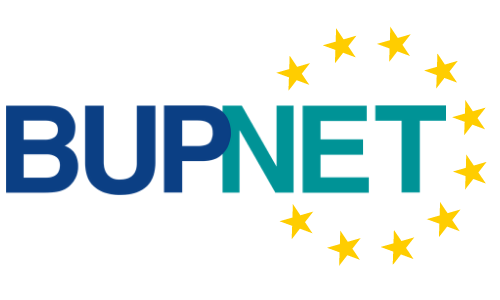In the spring of 2022 BUPNET carried out some research aimed at spreading more light on the prevalence of conspiracy theories in Germany, what is the profile of the people who trust in them, what is being done to counteract conspiratorial thinking, and in particular – how does the educational system and supporting NGO infrastructure train young people on being able to form their own informed opinion about the world.
 Although Germany takes the challenges of disinformation and mistrust in public authorities seriously and has implemented measures to address them, a lot is still left to be desired. Germany’s main initiative, NetzDG, forces large social media to take down unlawful content and to enable easy reporting by the users. All other considerations aside, this can only work if users are able to recognize suspicious media content.
Although Germany takes the challenges of disinformation and mistrust in public authorities seriously and has implemented measures to address them, a lot is still left to be desired. Germany’s main initiative, NetzDG, forces large social media to take down unlawful content and to enable easy reporting by the users. All other considerations aside, this can only work if users are able to recognize suspicious media content.
Mainstream media are putting a considerable effort into factchecking – available factchecks are numerous and of high quality. The problem lies therein – the people who are most likely to lean towards conspiratorial thinking are also the ones who are least likely to trust mainstream media. So the efforts of the media platforms alone are unlikely to be sufficient. In addition, there are platforms such as Telegram, which are not following the directions of the NetzDG, and are attracting a considerable following of conspiracy theorists.
Who are the people who are inclined to believe in conspiracy theories? In practice, they could be anyone. Up to half of the German population are willing to consider some kind of conspiracy theory possible, about 30% at least partially support one, and about 10% tend to believe strongly in at least one, though in practice – in many conspiracy theories. Adults are the most vulnerable, especially those with lower education. East Germans more so than West Germans, and especially people who lean on the far right of the political spectrum (the latter two categories overlap somewhat).
Media literacy and critical thinking, despite of their importance fo r building young people’s immunity towards conspiratorial thinking, are yet to become a standard part of the school curriculum. Although numerous resources and initiatives exist, they are not implemented systematically. In fact, reasonable doubts remain whether educators and young people are able to find out about their existence under the flood of information they are regularly ingesting from all kinds of sources.
r building young people’s immunity towards conspiratorial thinking, are yet to become a standard part of the school curriculum. Although numerous resources and initiatives exist, they are not implemented systematically. In fact, reasonable doubts remain whether educators and young people are able to find out about their existence under the flood of information they are regularly ingesting from all kinds of sources.
While it is clear that sustained efforts are needed on a national level, the questions remain about how knowledge of existing resources and structures can be better structured and disseminated, so that more young people and educators can make use of existing good practices, which already exist and are freely available.

